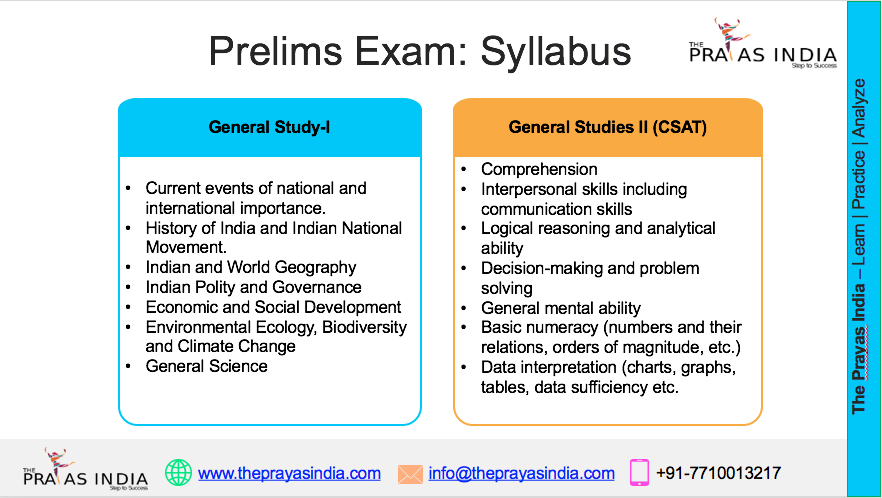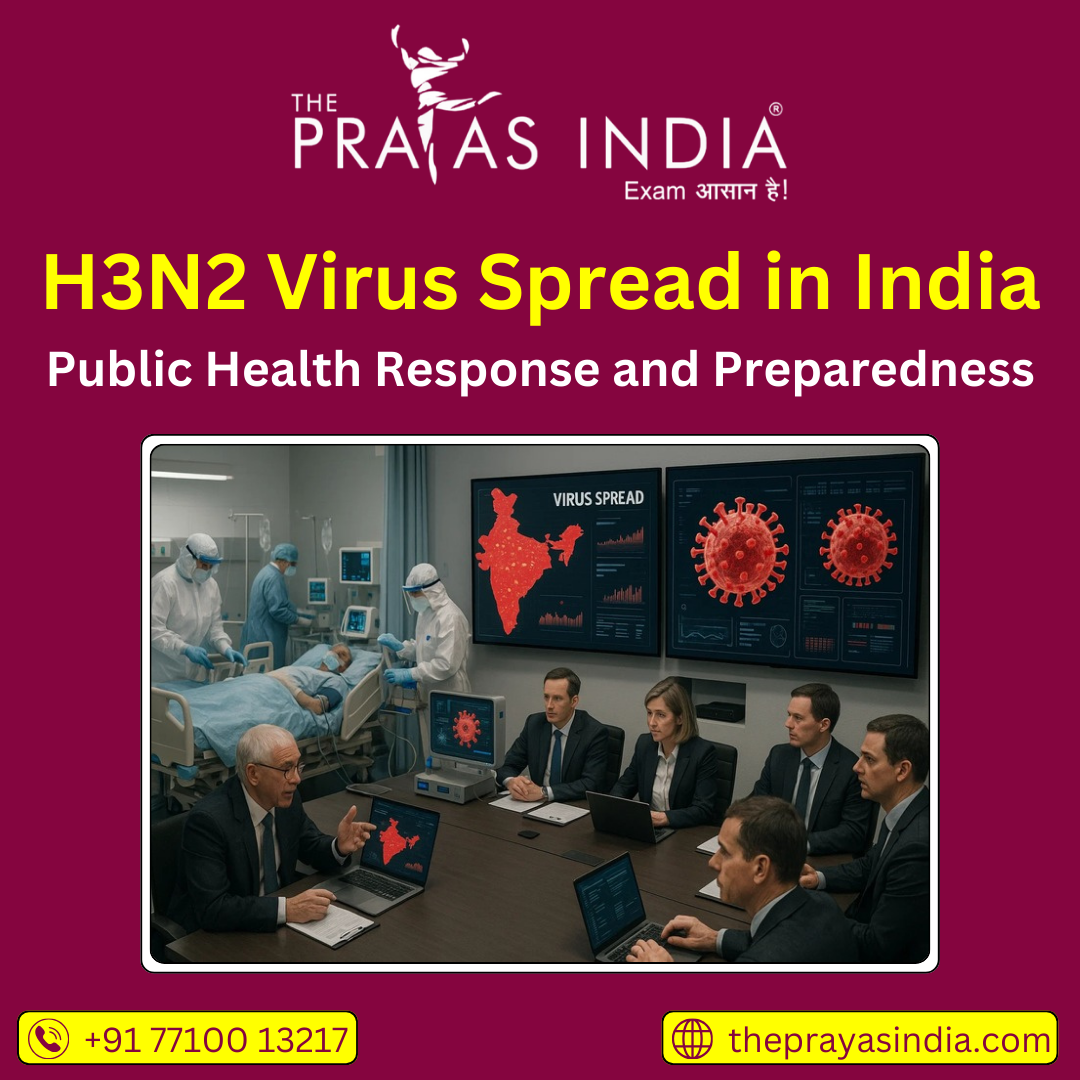H3N2 Virus Spread in India: Public Health Response and Preparedness
Current Epidemic Situation
India has recently witnessed a concerning rise in H3N2 virus infections, marking a significant public health challenge. The H3N2 strain, a subtype of the influenza A virus, is known for causing seasonal flu epidemics with symptoms ranging from mild respiratory illness to severe complications, particularly among vulnerable populations such as the elderly, children, and immunocompromised individuals. Multiple states have reported increased positive cases, prompting heightened surveillance and response efforts.
Health Infrastructure Preparedness
To address the surge in H3N2 infections, Indian healthcare systems are ramping up preparedness measures. Hospitals and clinics across affected regions have increased bed capacity, ensured adequate oxygen and antiviral drug stocks, and fortified laboratory testing facilities for rapid diagnosis. Mobile testing units and fever clinics have been deployed for early case detection. Medical staff training initiatives have been intensified to manage complications efficiently and safeguard frontline workers.
Policy Measures and Government Initiatives
The Union Ministry of Health and Family Welfare, in coordination with state health departments, has activated comprehensive epidemic control protocols. Key policy measures include:
- Issuance of public advisories emphasizing hygiene practices, mask usage, and social distancing, especially in crowded public places.
- Launching awareness campaigns through multimedia platforms to educate citizens about symptoms and early treatment.
- Expanding vaccination drives targeting high-risk groups with updated flu vaccines.
- Establishing centralized command centers for real-time monitoring and resource allocation.
- Collaboration with the Indian Council of Medical Research (ICMR) and other research bodies to study virus mutations and efficacy of countermeasures.
Challenges and the Way Forward
Managing the H3N2 outbreak requires overcoming challenges such as variable symptom presentation, vaccine hesitancy, and overlap with other respiratory illnesses like COVID-19. To mitigate these, India is enhancing genomic surveillance, streamlining referral systems, and fostering community engagement to boost vaccine acceptance.
Evidence-based policymaking, coupled with robust healthcare delivery and intersectoral coordination, remains pivotal in limiting the virus’s spread and minimizing its impact on public health and the economy.
India’s proactive approach to the H3N2 virus outbreak, emphasizing surveillance, infrastructure strengthening, and public awareness, sets a strong foundation for effective disease control and preparedness against future epidemics.




![Prayas-तेजस [UPSC CSE Sociology Optional] – Online & Offline](https://theprayasindia.com/wp-content/uploads/2025/09/Prayas-तेजस-UPSC-CSE-Optional-Subject-The-Prayas-India-300x300.png)
![Prayas-सूत्र [UPSC CSE Materials (Hardcopy)]](https://theprayasindia.com/wp-content/uploads/2025/09/Prayas-सूत्र-UPSC-CSE-Study-Materials-Hardcopy-The-Prayas-India-300x300.png)
![Prayas-मंत्रा [UPSC CSE CSAT]](https://theprayasindia.com/wp-content/uploads/2025/09/Prayas-मंत्रा-UPSC-CSE-CSAT-The-Prayas-India-300x300.png)
![Prayas सारथी [UPSC CSE One on One Mentorship]](https://theprayasindia.com/wp-content/uploads/2025/09/Prayas-सारथी-UPSC-CSE-One-on-One-Mentorship-The-Prayas-India-300x300.png)










